With its shores bathed in golden sunsets and kissed by azure waves, Florida stands as a mesmerizing juxtaposition of natural wonders and urban allure; where stories of ancient civilizations intertwine with the vibrant rhythms of modern life, the ‘Sunshine State’ serves as a beacon for travelers seeking a blend of pristine beauty, rich heritage, and contemporary excitement.
Florida is a mosaic of diverse cultures, beautiful beaches, unique ecosystems, and thrilling attractions. Nestled in the southeastern region of the United States, Florida’s captivating charm lies not only in its sunny weather but also in its rich history, vibrant cities, and natural wonders.
History
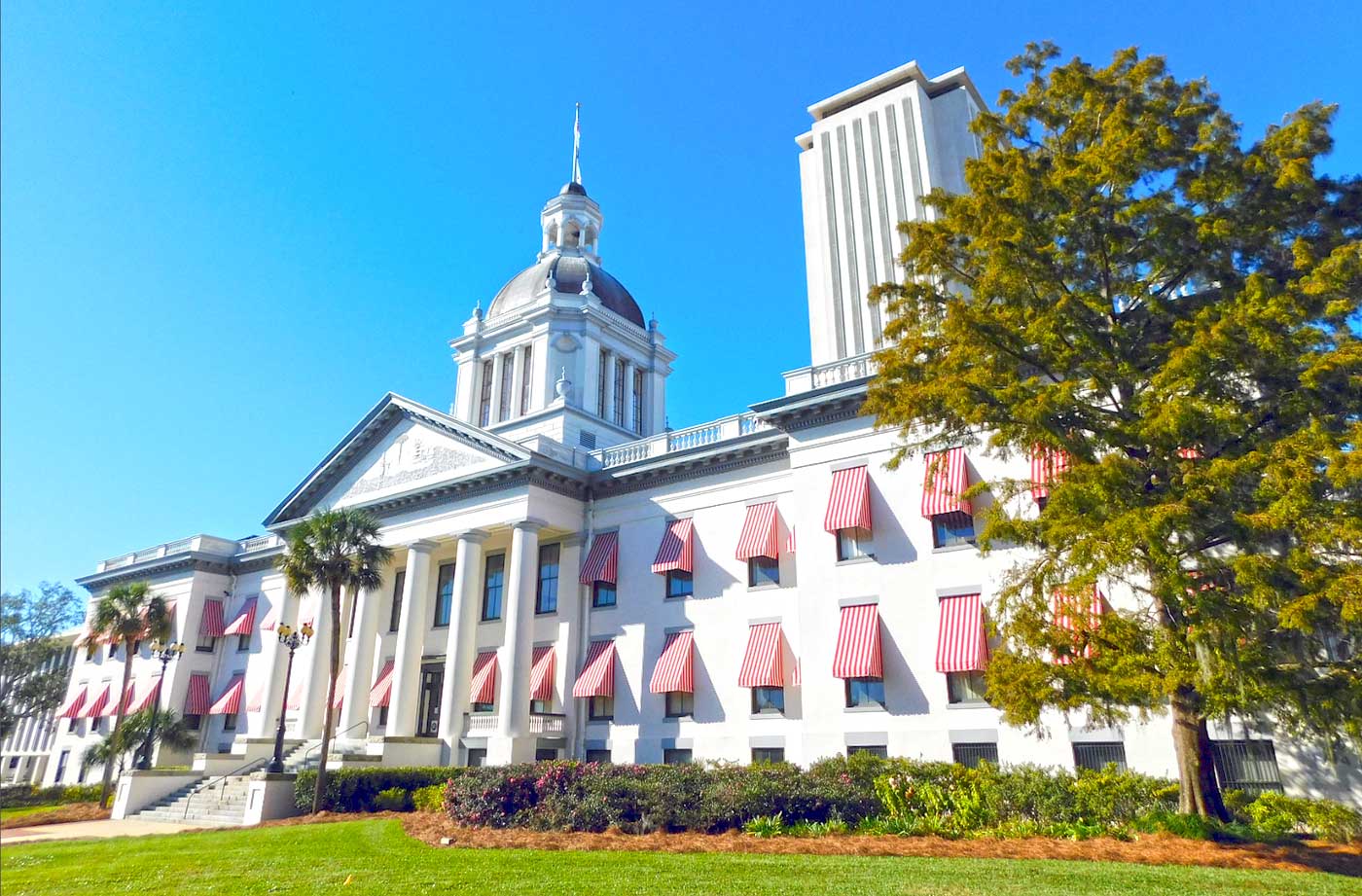
Florida: A Brief Glimpse into its Historical Tapestry
Florida, known today as the “Sunshine State”, possesses a rich history stretching from ancient indigenous civilizations to its pivotal roles in modern American milestones. Prior to European contact, tribes like the Timucua and Calusa thrived in the region. The landscape of Florida’s history dramatically shifted with the arrival of Spanish explorer Juan Ponce de León in 1513. Over subsequent centuries, the territory oscillated between Spanish and British control, with St. Augustine laying claim to being the oldest European-established settlement in the U.S. from 1565. In 1821, Florida transitioned into U.S. hands, achieving statehood by 1845. The 20th century witnessed transformative events such as the land boom, space exploration from the Kennedy Space Center, and the rise of global tourism magnets like Walt Disney World. Today, while bustling with modernity, Florida’s history is evident in its preserved landmarks and cultural ethos.
Geography
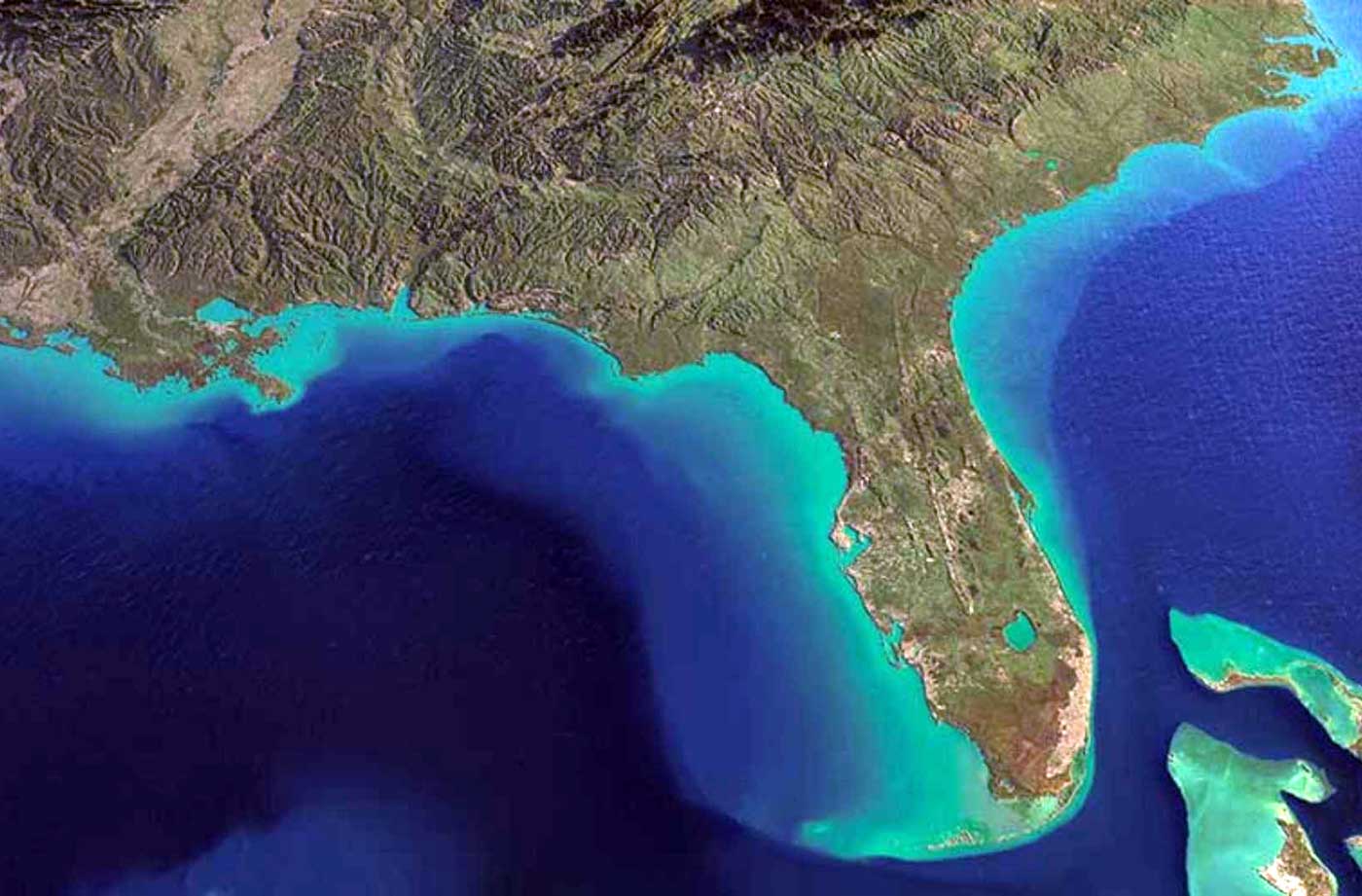
Florida’s Geography: A Panoramic Overview
Florida, colloquially termed the “Sunshine State”, is strategically situated in the southeastern region of the United States. Characterized by its distinct peninsular shape, Florida boasts extensive coastlines along both the Atlantic Ocean to its east and the Gulf of Mexico to its west. The state’s topography varies from the flatwood plains of the north to the coral reefs of the southern Florida Keys. Internally, it is dotted with numerous lakes and rivers, with Lake Okeechobee being the largest freshwater body. Florida’s landscape also features the Everglades, a unique subtropical wetland ecosystem in the southwestern part of the state. Its geographical position subjects it to a subtropical climate, with parts of its southern region experiencing true tropical conditions. This distinctive geography not only shapes Florida’s environment but also plays a central role in its economic, recreational, and ecological undertakings.
Climate
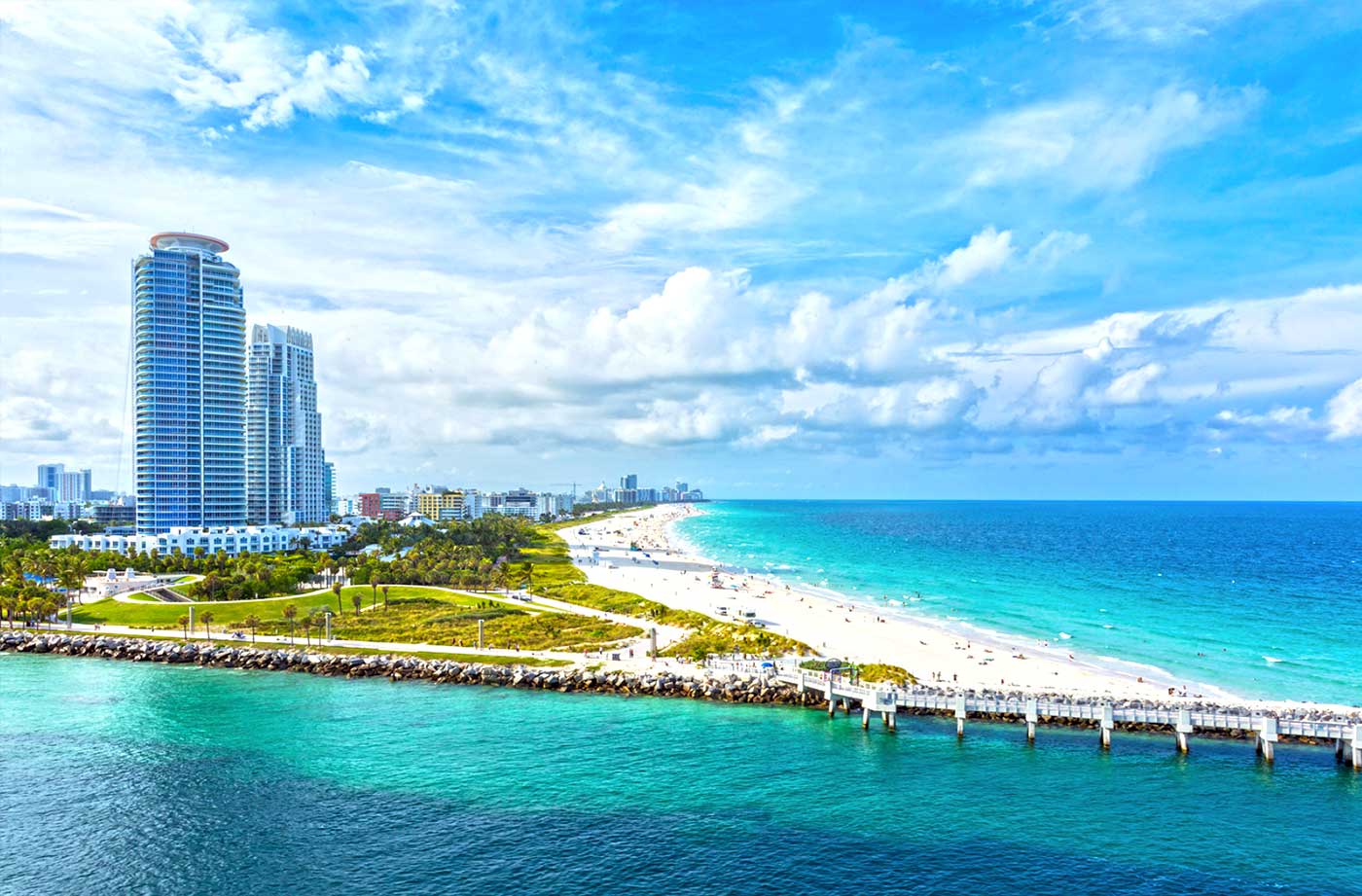
Florida’s Climate: The Pulse of the Sunshine State
Florida, often heralded as the “Sunshine State”, is predominantly governed by a subtropical climate, rendering it warm temperatures and marked humidity throughout much of the year. Its peninsular location between the Atlantic Ocean and the Gulf of Mexico significantly influences its weather patterns. To the north, winters are mild with occasional cold snaps, while the central and southern regions enjoy milder, more consistent temperatures. Transitioning southward, parts of Florida, especially the Florida Keys, experience a true tropical climate characterized by minimal temperature variations and a distinct wet and dry season. The state is also no stranger to extreme weather events; it’s frequently susceptible to hurricanes, particularly from June to November. Florida’s unique climatic profile not only shapes its natural ecosystems, like the iconic Everglades, but also dictates lifestyle, agriculture, and tourism activities within the state.
Natural
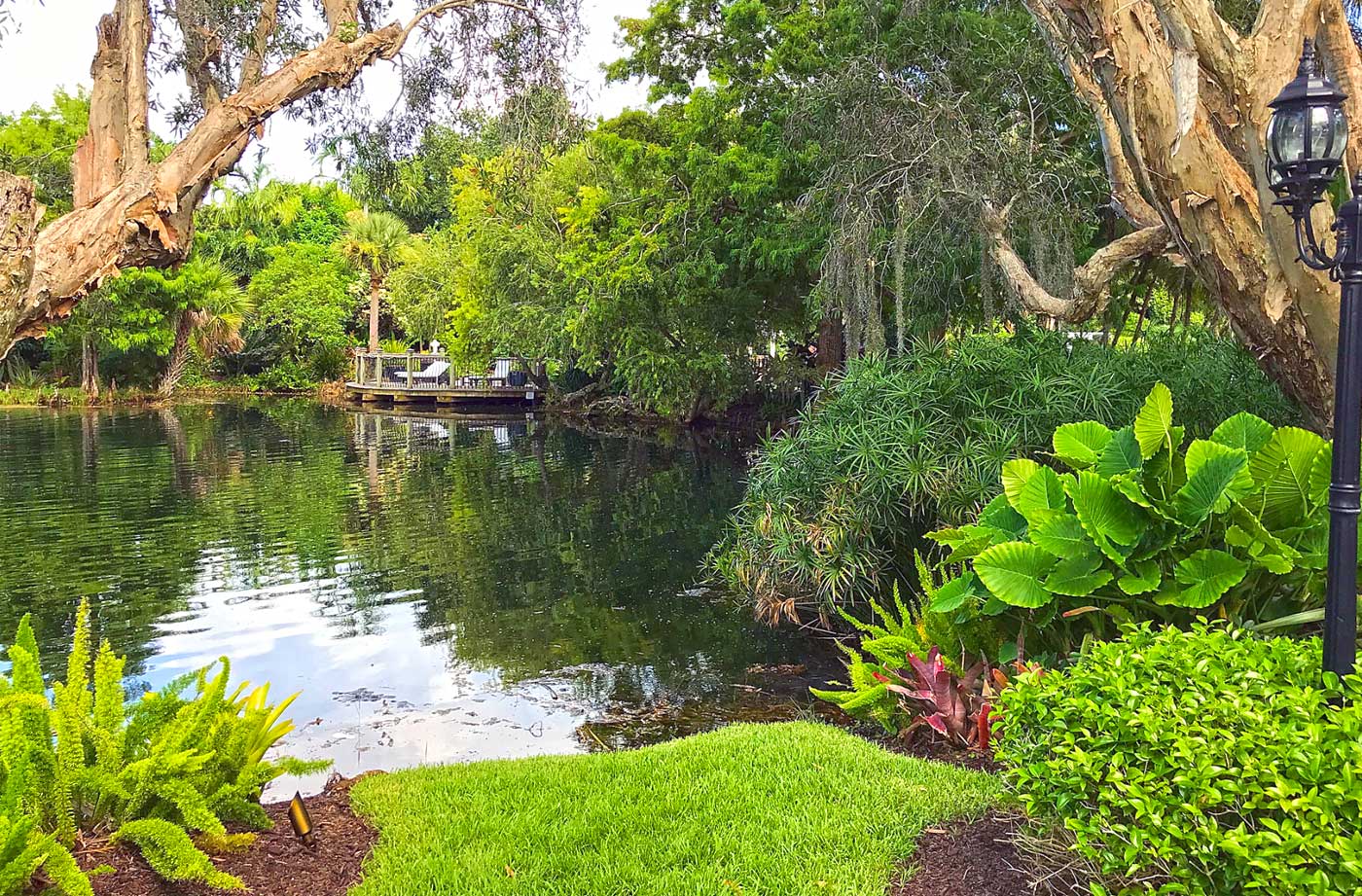
Florida’s Natural Landscape: The Ecological Tapestry of the Sunshine State
Florida, the “Sunshine State”, showcases an ecological diversity that is both vast and vibrant. Its extensive coastlines, shaped by the Atlantic Ocean and Gulf of Mexico, house pristine beaches, mangroves, and barrier islands. Moving inland, the flatwood plains, pine forests, and freshwater lakes form habitats for a plethora of wildlife. Central to Florida’s ecological identity is the Everglades, a vast subtropical wetland that hosts a unique blend of temperate and tropical species, and stands as a testament to nature’s untouched grandeur. Further south, the Florida Keys present a stunning array of coral reefs, offering a habitat for marine life and drawing divers from around the world. From its verdant uplands to its azure waters, Florida’s natural environment is a delicate mosaic of ecosystems that not only serve as recreational havens but are also vital to the state’s environmental balance and conservation efforts.
Geology
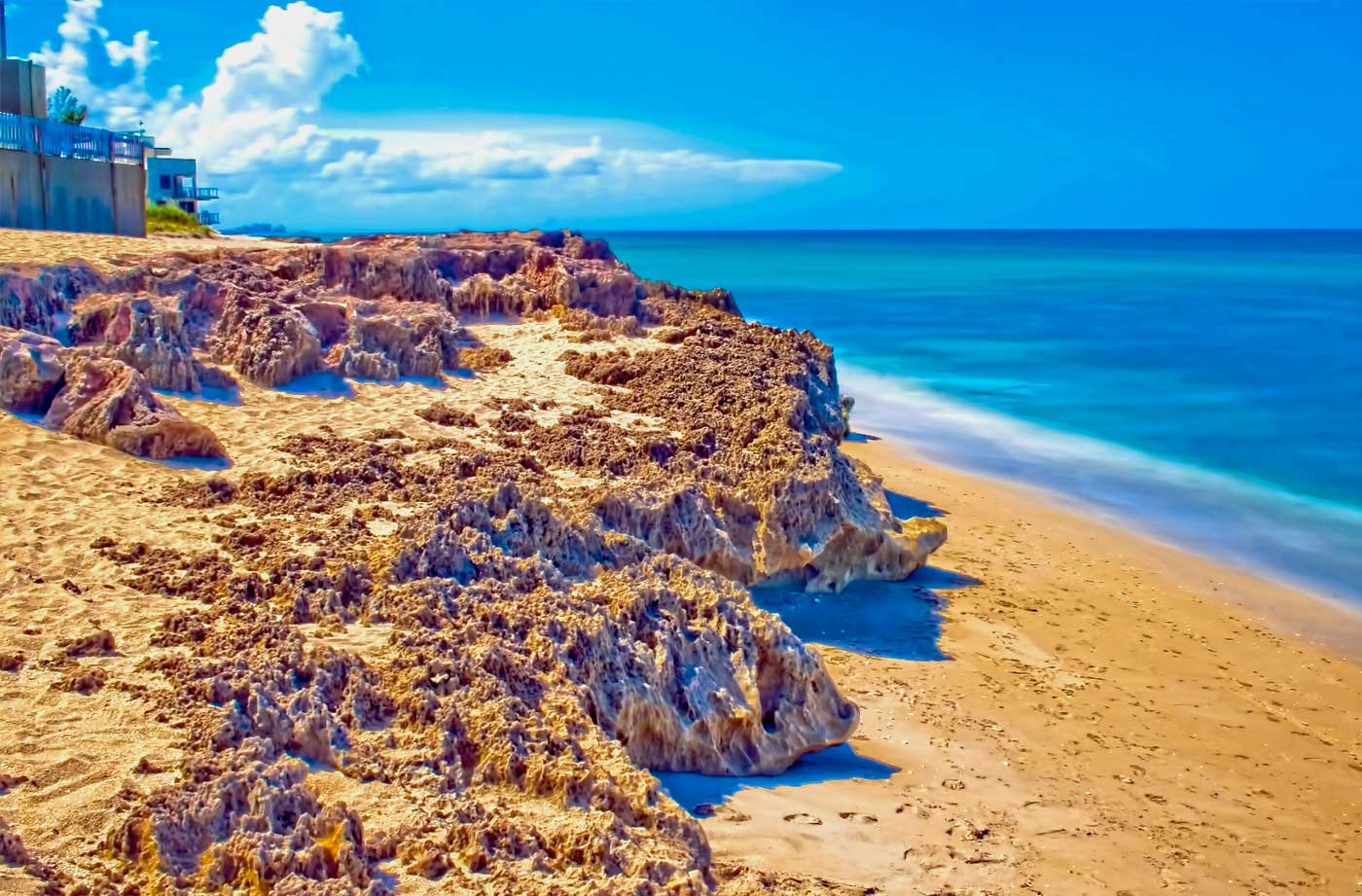
Florida’s Geology: The Bedrock Beneath the Sunshine State
Florida’s geology, beneath its vibrant ecosystems and urban developments, tells a tale of ancient seas, shifting landscapes, and unique formations. Predominantly sitting atop a limestone platform, Florida’s geological structure is characterized by the Floridan Aquifer System, one of the most productive aquifers in the world. This carbonate bedrock has given rise to various karst features, including sinkholes, springs, and caverns. The state’s low topography and porous substrate contribute to its extensive wetlands and the formation of the iconic Everglades. Along its coasts, barrier islands, sand dunes, and coral reefs, particularly in the Florida Keys, underscore its marine geological evolution. Additionally, the presence of phosphate-rich deposits in Central Florida stands testament to ancient marine environments and has fueled the region’s mining industry. In understanding Florida’s geology, one unravels the foundation on which its diverse natural habitats and human settlements thrive.
Demography

Florida’s Demographics: A Mosaic of Cultures in the Sunshine State
Florida, with its moniker as the “Sunshine State”, is as diverse demographically as it is ecologically. As of the last census, Florida’s population ranks third in the United States, with over 21 million residents. The state’s demographic tapestry is woven with a rich blend of ethnicities, cultures, and age groups. A significant portion of its population is of Hispanic or Latino origin, largely due to its proximity to Latin America and the Caribbean. Cities like Miami are renowned for their Cuban, Puerto Rican, and Haitian communities, while other areas, such as Tampa and Orlando, have seen growing numbers of residents from various national backgrounds. Florida is also a chosen haven for retirees, making it one of the states with a higher median age. The state’s demographic dynamics play a pivotal role in shaping its cultural, economic, and political landscape, reflecting a vibrant amalgamation of traditions, languages, and histories.
Economy
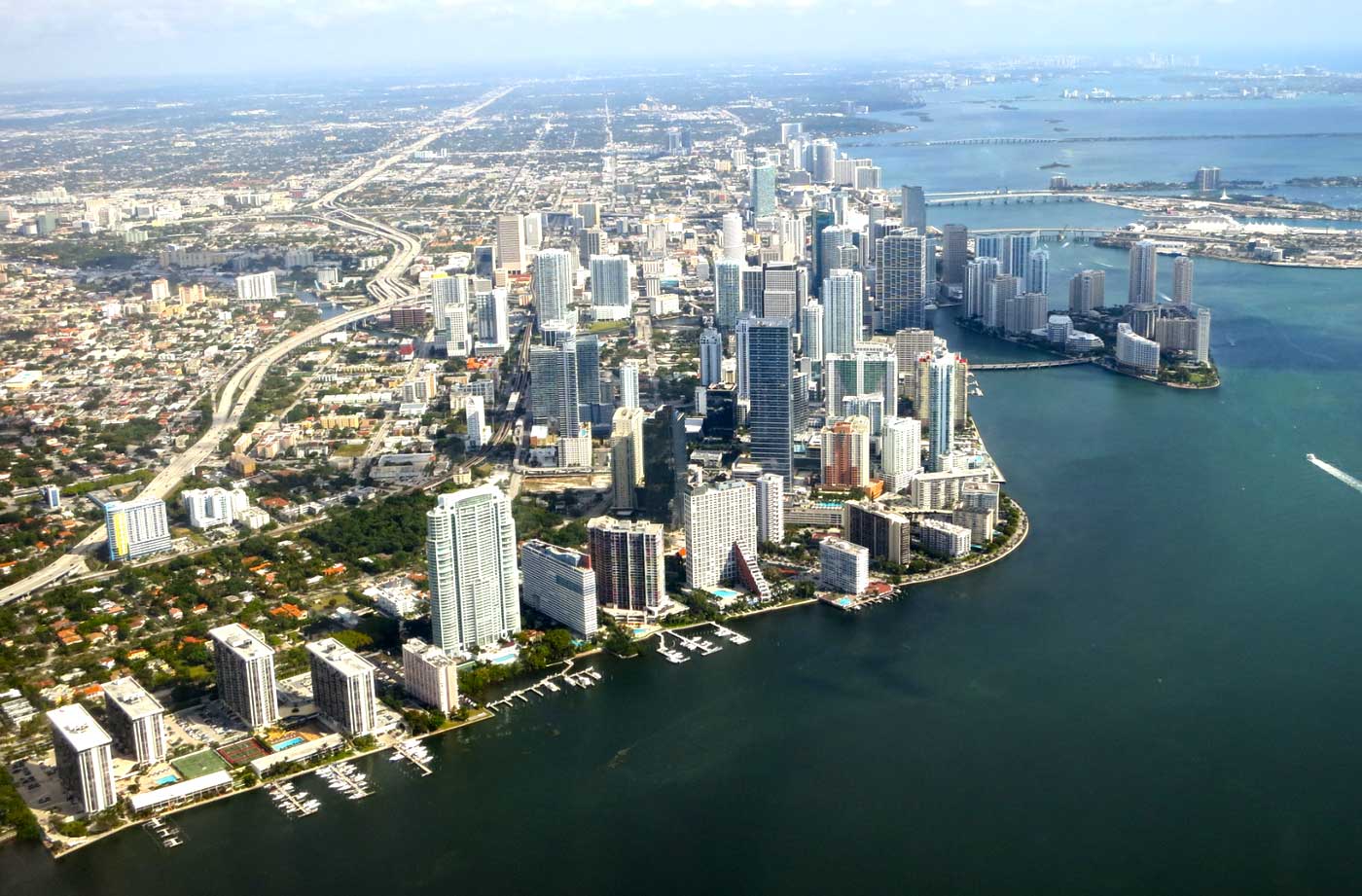
Florida’s Economy: The Economic Engine of the Sunshine State
Florida, renowned as the “Sunshine State”, boasts an economy as dynamic and diverse as its landscapes and cultures. As one of the largest economies in the U.S., Florida thrives on a mix of traditional sectors and innovative industries. Tourism, given the state’s vast attractions from theme parks like Walt Disney World to its pristine beaches, remains a major revenue generator. Agriculture, another cornerstone, sees Florida leading in citrus production, particularly oranges, on the national front. Real estate and construction have historically played significant roles, driven by the state’s population growth and appeal as a retirement destination. In recent decades, aerospace and aviation, anchored by the Kennedy Space Center, have soared as key sectors. Additionally, international trade, facilitated by its strategic location and ports, underpins Florida’s economic vitality. This multifaceted economic structure, complemented by a growing focus on tech and finance, positions Florida as a pivotal player in both domestic and global markets.
Architecture
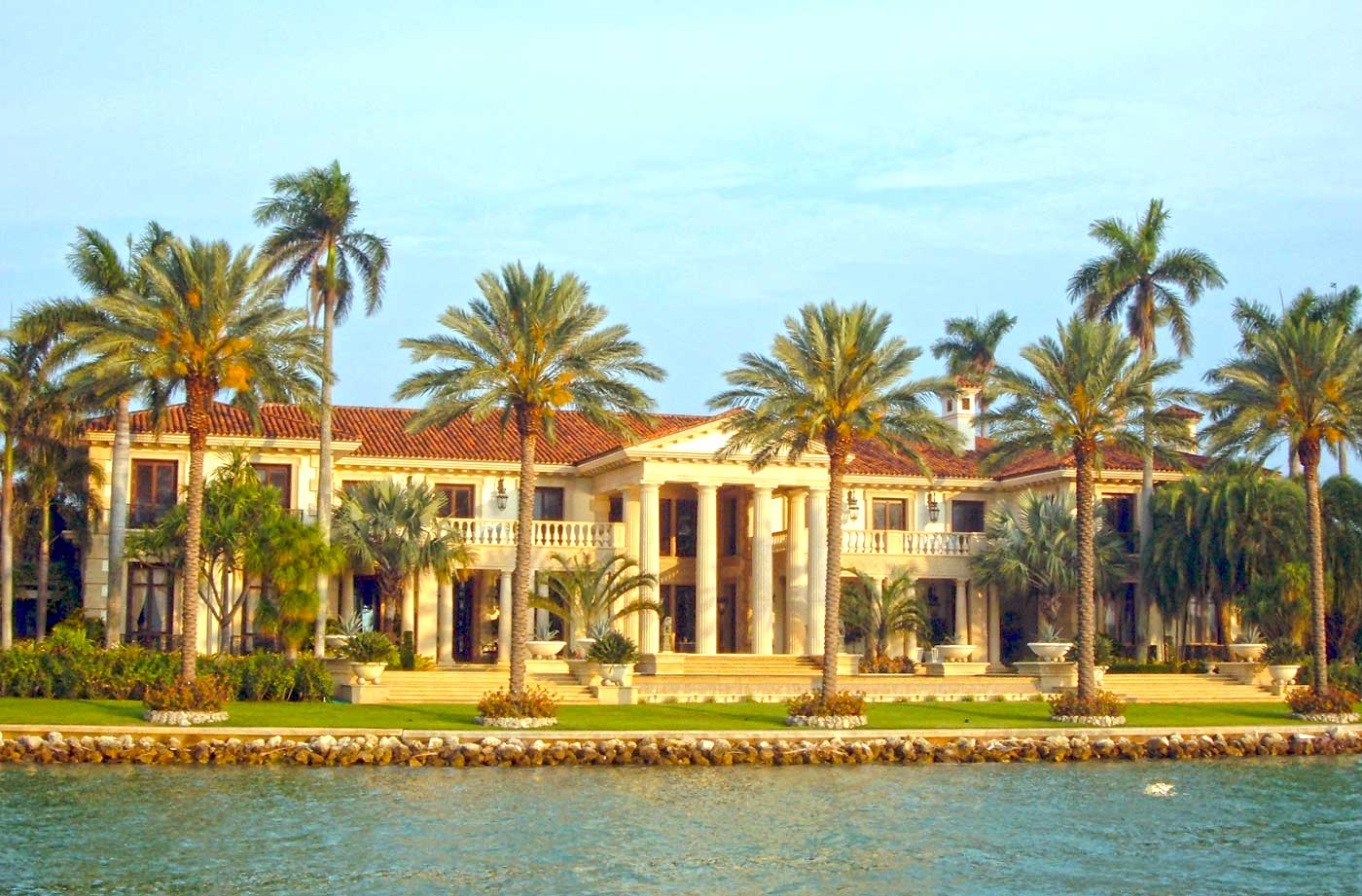
Florida’s Architecture: Building Narratives in the Sunshine State
Florida, often bathed in the glow of its “Sunshine State” epithet, presents an architectural tapestry as varied and vibrant as its cultural history. The state’s architectural journey can be traced back to the Spanish colonial influences seen in St. Augustine’s historic district, with its coquina walls and red-tiled roofs. The 20th century ushered in the iconic Mediterranean Revival style, evident in the opulent mansions of Palm Beach and Coral Gables, marked by stucco walls, arched doorways, and ornate tiles. Miami, in contrast, boasts the world’s largest collection of Art Deco buildings, particularly in its South Beach district – a vivid tableau of pastel facades, neon lights, and nautical motifs. In more recent times, Florida has embraced modern and sustainable architectural trends, reflecting its environmental consciousness and adaptive spirit. From coastal retreats to urban skyscrapers, Florida’s architecture narrates a tale of evolving identities, historical influences, and visionary innovations.
Transportation
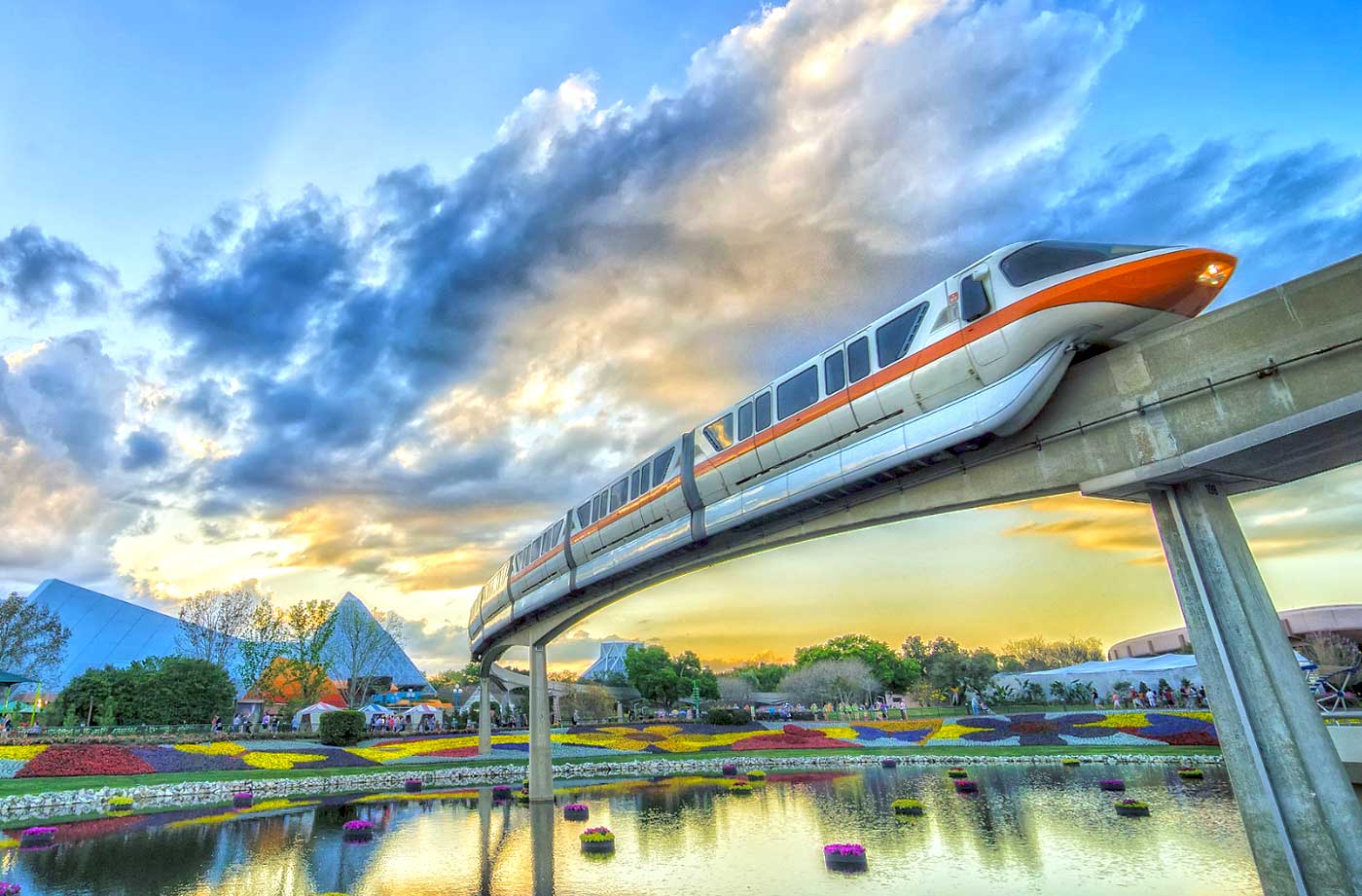
Florida’s Transportation: Navigating the Vast Expanse of the Sunshine State
Florida, widely celebrated as the “Sunshine State”, has developed a multifaceted transportation network to cater to its sprawling landscapes and burgeoning population. Highways form the backbone of Florida’s land-based transit, with the Interstate 95 and Interstate 75 facilitating north-south movement along the eastern and western corridors respectively. The Florida Turnpike serves as a major artery connecting the northern and southern extremities. In the realm of public transit, cities like Miami, Orlando, and Tampa offer bus services, while Miami’s Metrorail provides an urban rail solution.
Air travel thrives, with international hubs like Miami International Airport and Orlando International Airport linking Florida to global destinations. For maritime movement, ports such as the Port of Miami, Port Everglades, and Port Canaveral play pivotal roles in cargo and cruise operations, underscoring Florida’s prominence in maritime commerce and leisure travel. As Florida continues to grow, innovations like the Brightline high-speed rail signal the state’s forward-looking approach to seamless, sustainable, and efficient transportation.
Regions and Cities
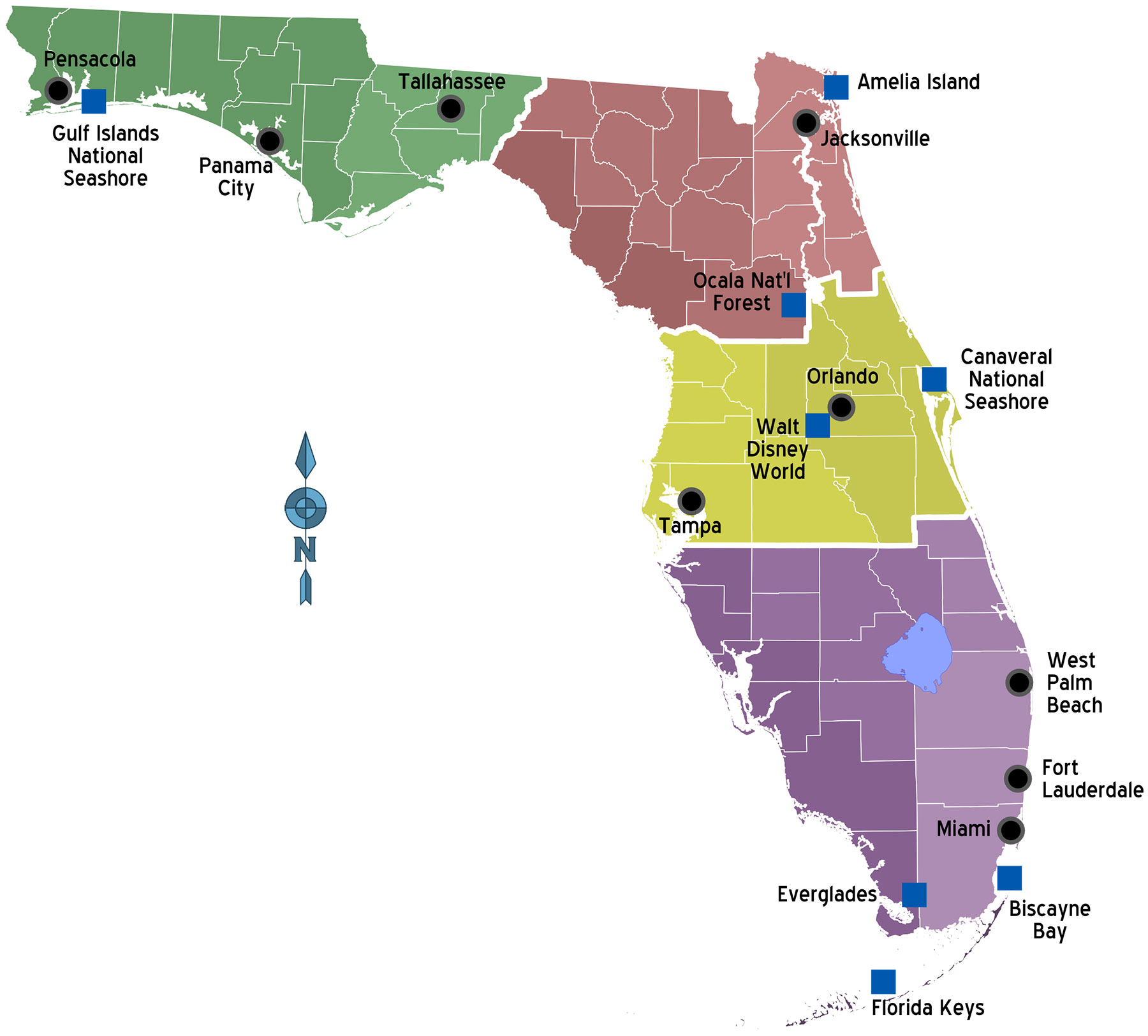
Florida’s Regions and Cities: A Glimpse into the Diversity of the Sunshine State
Florida, famously known as the “Sunshine State”, is geographically and culturally segmented into several distinct regions, each with its own character and charm.
1. Panhandle: This westernmost part of Florida is characterized by its Southern culture and white sand beaches. Cities like Tallahassee, the state capital, and Pensacola are notable hubs in this region.
2. North Central Florida: Dominated by the University of Florida in Gainesville, this region also boasts natural springs and thick forests, offering a stark contrast to the coastal areas.
3. Northeast Florida: Jacksonville, the largest city in terms of land area in the contiguous U.S., anchors this region, which is also home to the historic city of St. Augustine, the oldest European-established settlement in the U.S.
4. Central Florida: This is the state’s tourism epicenter, with Orlando at its heart, featuring renowned attractions like Walt Disney World, Universal Studios, and the Kennedy Space Center.
5. Tampa Bay Area: Positioned on the Gulf Coast, this region encompasses cities such as Tampa, St. Petersburg, and Clearwater. Its blend of urban life, beach communities, and Cuban influence, particularly in Ybor City, makes it unique.
6. Southwest Florida: Cities like Naples and Fort Myers define this region, known for its upscale communities, nature preserves, and the start of the Everglades ecosystem.
7. Southeast Florida: The most urbanized part of the state, it features Miami’s vibrant nightlife and Latin culture, the upscale neighborhoods of Palm Beach, and the seaside charm of Fort Lauderdale.
8. Florida Keys: This chain of coral reef islands extends from the southern tip of the state, offering a tropical paradise with a laid-back atmosphere and rich marine biodiversity.
Each region and its cities collectively tell the story of Florida, a state of diverse cultures, histories, and landscapes, making it a microcosm of global influences and natural wonders.
Tourism
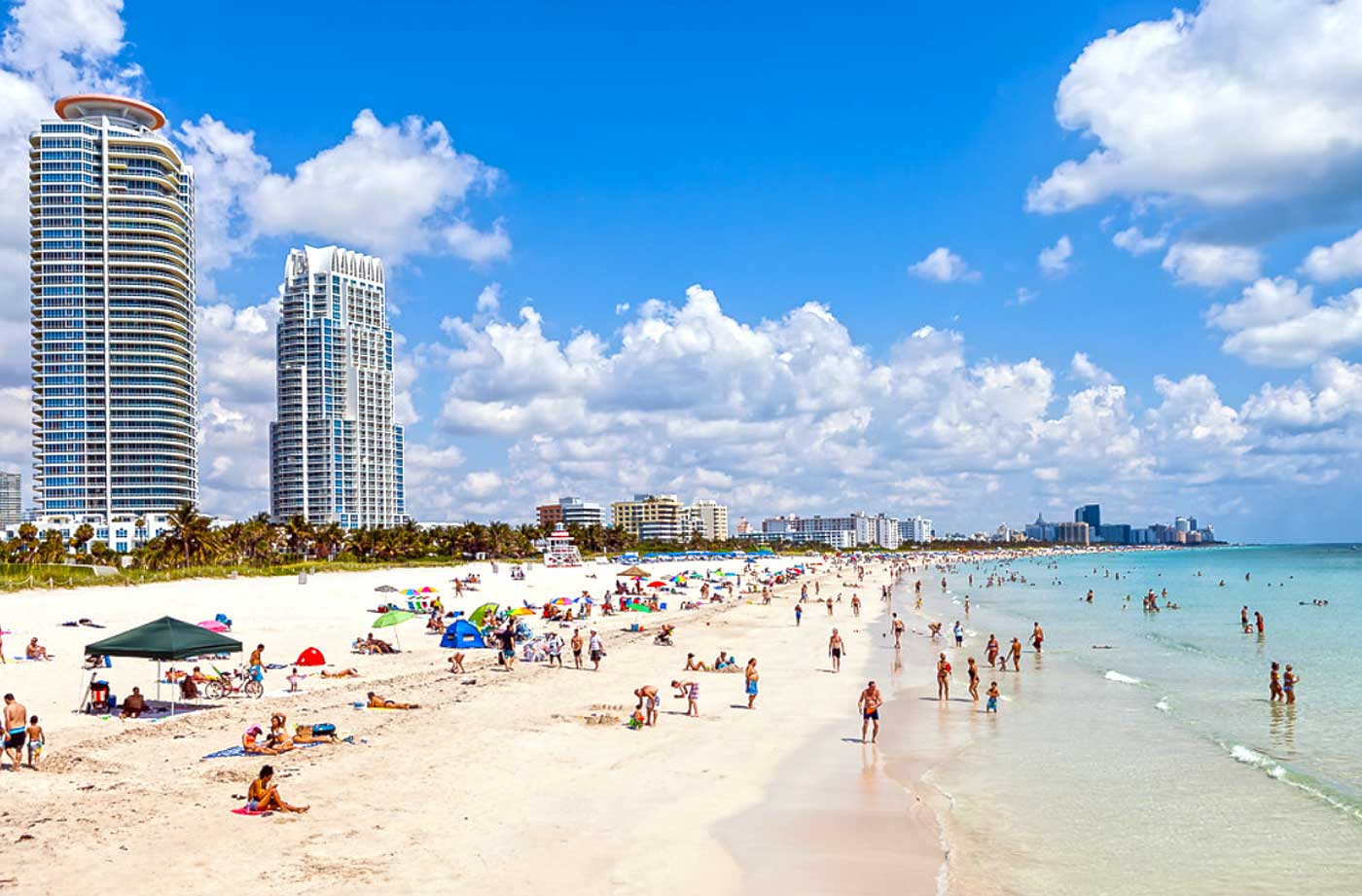
Tourism in Florida: The Sunshine State’s Shimmering Attraction
Florida, affectionately dubbed the “Sunshine State”, has long held a magnetic allure for visitors from around the world. Its blend of natural beauty and man-made wonders has positioned it as a premier tourism destination in the U.S.
1. Theme Parks: Central Florida, with Orlando as its focal point, boasts some of the world’s most iconic theme parks. Walt Disney World Resort, Universal Orlando Resort, and SeaWorld Orlando collectively draw millions annually, immersing guests in realms of magic, adventure, and aquatic wonders.
2. Beaches: Florida’s extensive coastline offers a plethora of beaches. From the tranquil emerald waters of the Panhandle’s Destin and Santa Rosa to the vibrant scenes of Miami’s South Beach and the surf havens of the Space Coast, there’s a stretch of sand for every kind of beachgoer.
3. Cultural Destinations: Miami’s Art Deco Historic District, Tampa’s Ybor City, and the historic charm of St. Augustine provide cultural and architectural insights into Florida’s multifaceted history.
4. Natural Wonders: The Everglades National Park, a UNESCO World Heritage site, offers a unique ecosystem brimming with diverse wildlife. Meanwhile, the Florida Keys, a coral cay archipelago, are a haven for divers, snorkelers, and those seeking a tropical escape.
5. Space Exploration: The Kennedy Space Center on Merritt Island invites visitors to delve into the wonders of space exploration, tracing the footsteps of astronauts and marveling at shuttle launches.
6. Cruising: Ports like Miami, Fort Lauderdale’s Port Everglades, and Port Canaveral are major starting points for Caribbean cruises, making Florida a gateway to oceanic adventures.
Florida’s appeal lies not just in its variety of attractions but also in its unique blend of nature, history, and innovation. From sun-soaked shores to the glittering world of entertainment, the state continues to beckon travelers seeking diverse experiences.
Best Places
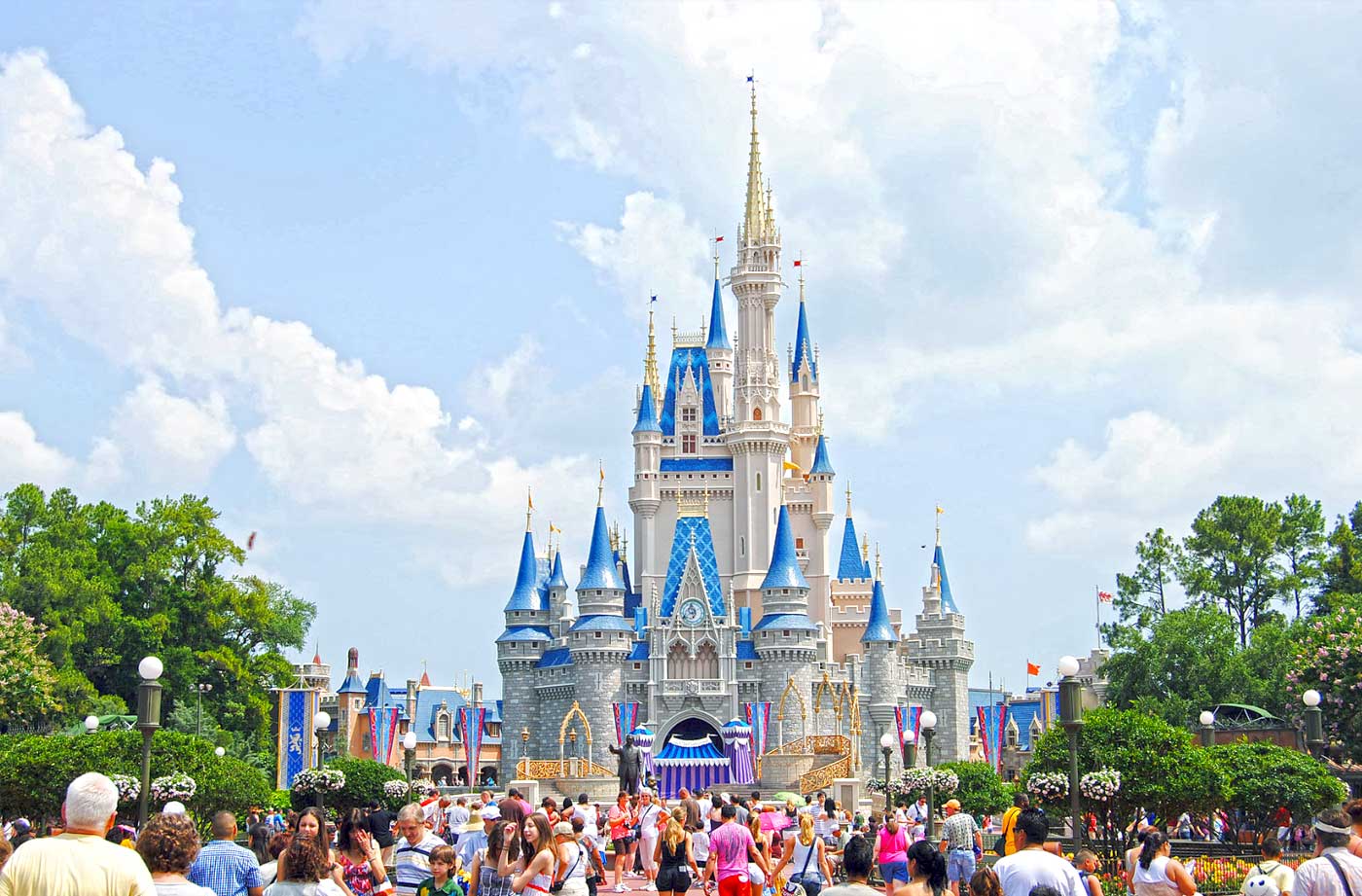
Top 10 Must-Visit Spots in Florida: The Best of the Sunshine State
The allure of Florida, aptly named the “Sunshine State”, resonates through its diverse landscapes, cultural hubs, and iconic attractions. Let’s delve into the top 10 must-visit spots that showcase the best of what Florida has to offer:

1. Walt Disney World:
Nestled in Orlando, this world-famous theme park is more than just a destination; it’s a magical experience. From meeting beloved characters to thrilling rides, the Magic Kingdom, EPCOT, and other parks offer memories of a lifetime.
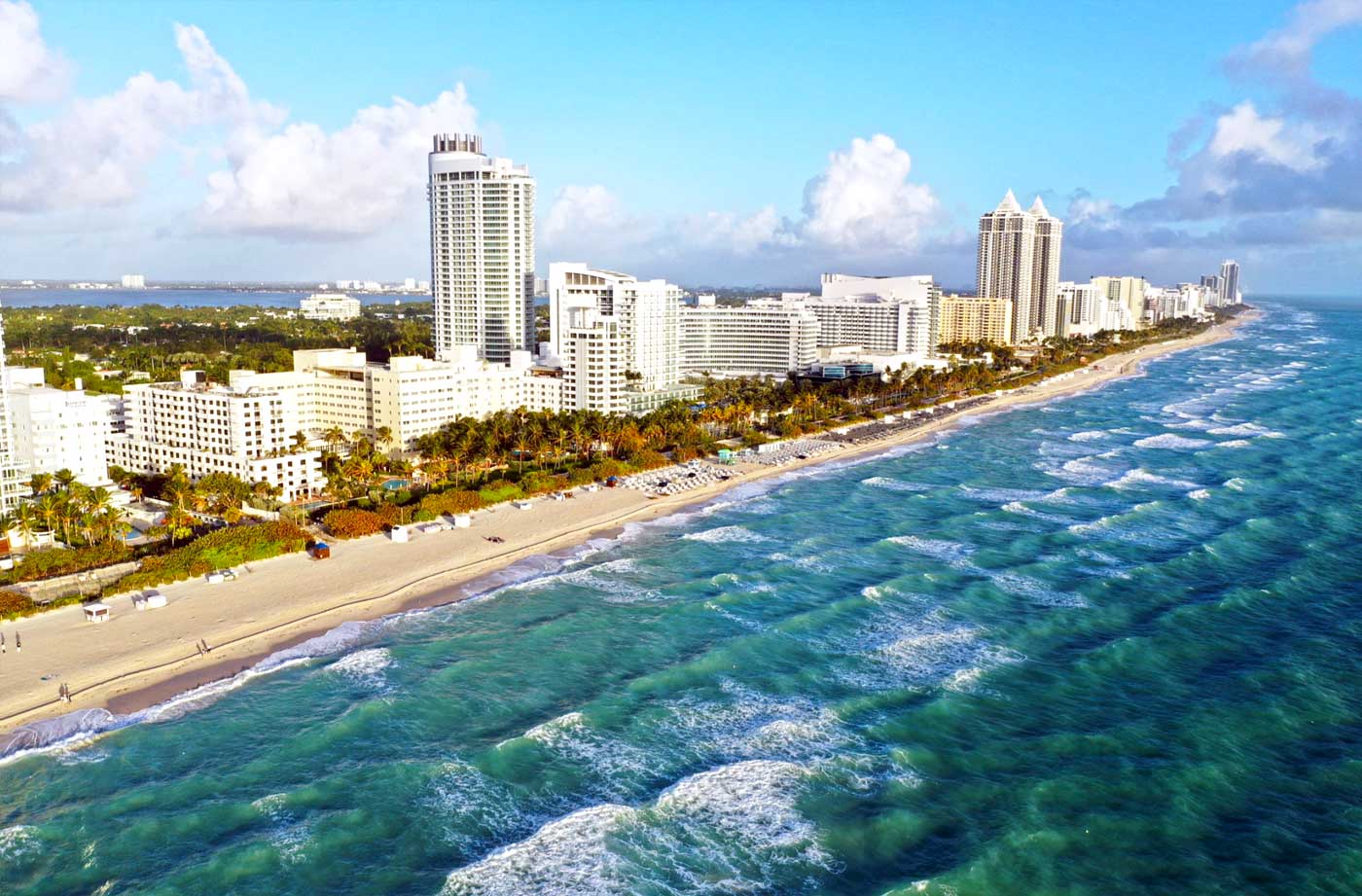
2. Miami’s South Beach:
A melting pot of cultures, South Beach is renowned for its pristine sands, iconic Art Deco architecture, vibrant nightlife, and diverse culinary scene.
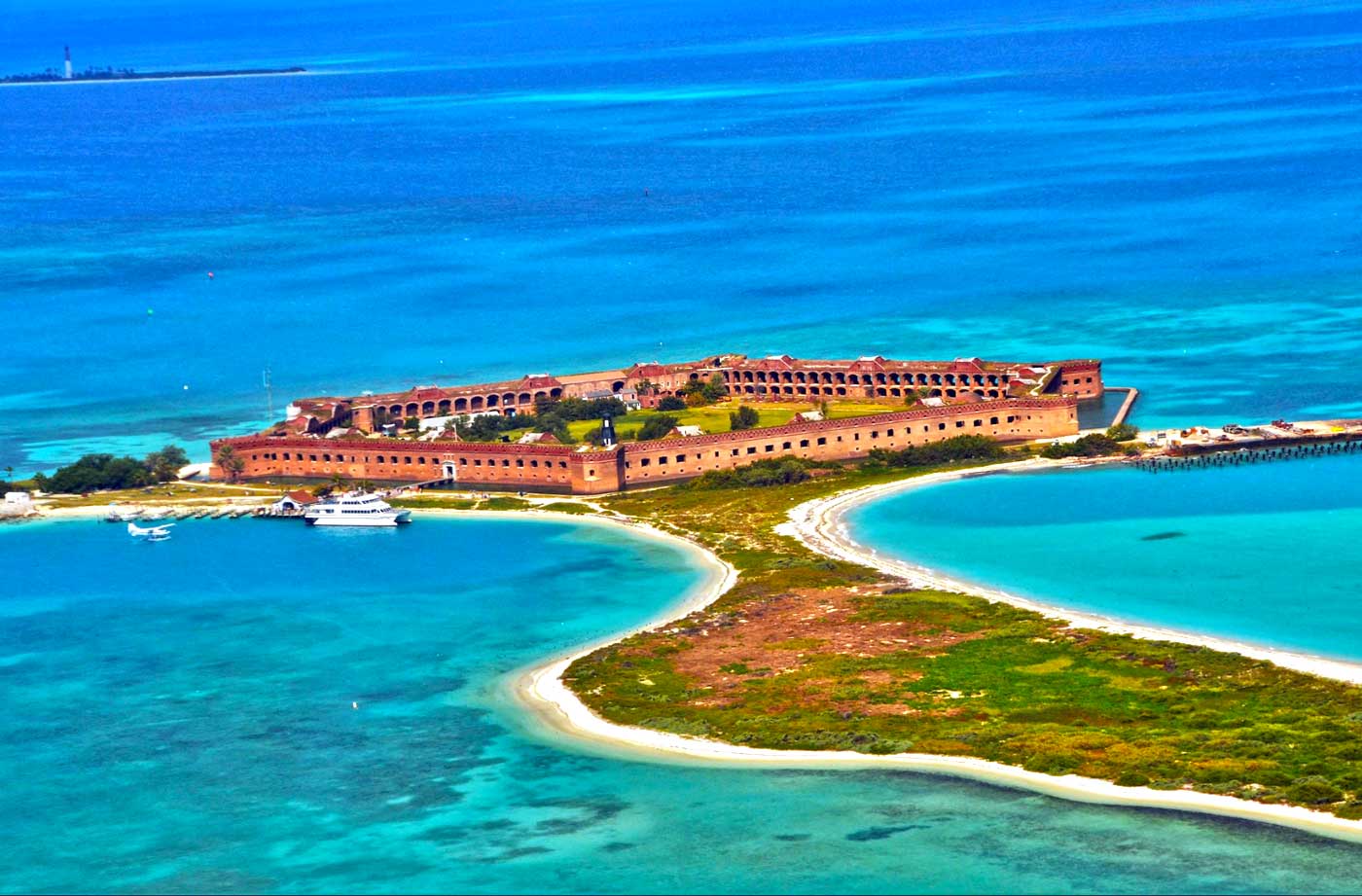
3. The Florida Keys:
This tropical paradise offers turquoise waters perfect for diving and snorkeling. Key West, its most famous island, is a blend of cultural influences and boasts the southernmost point in the contiguous U.S.
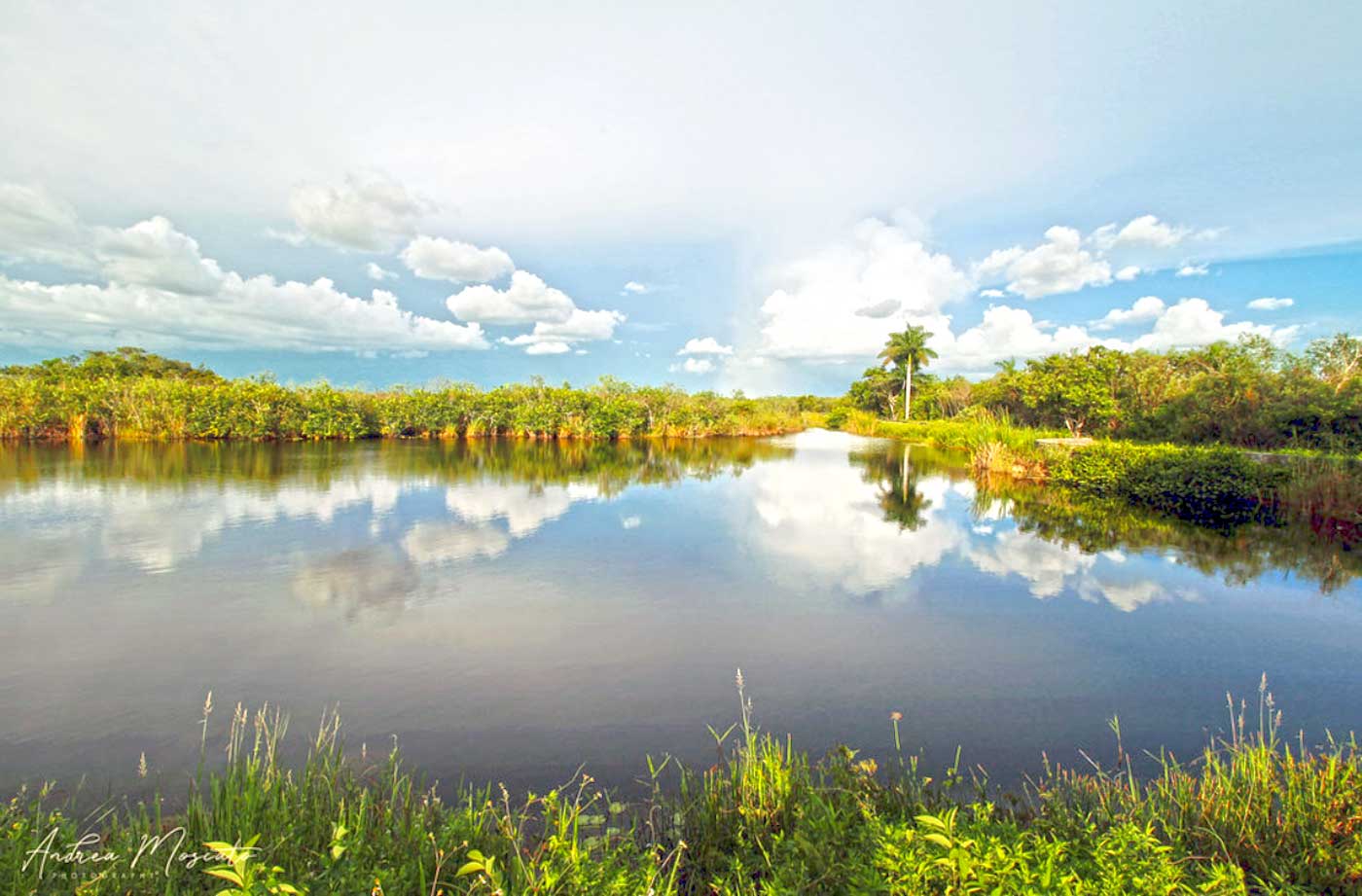
4. Everglades National Park:
Explore this vast wetland, a UNESCO World Heritage site, on an airboat to witness alligators, flamingos, and a myriad of other wildlife in their natural habitat.
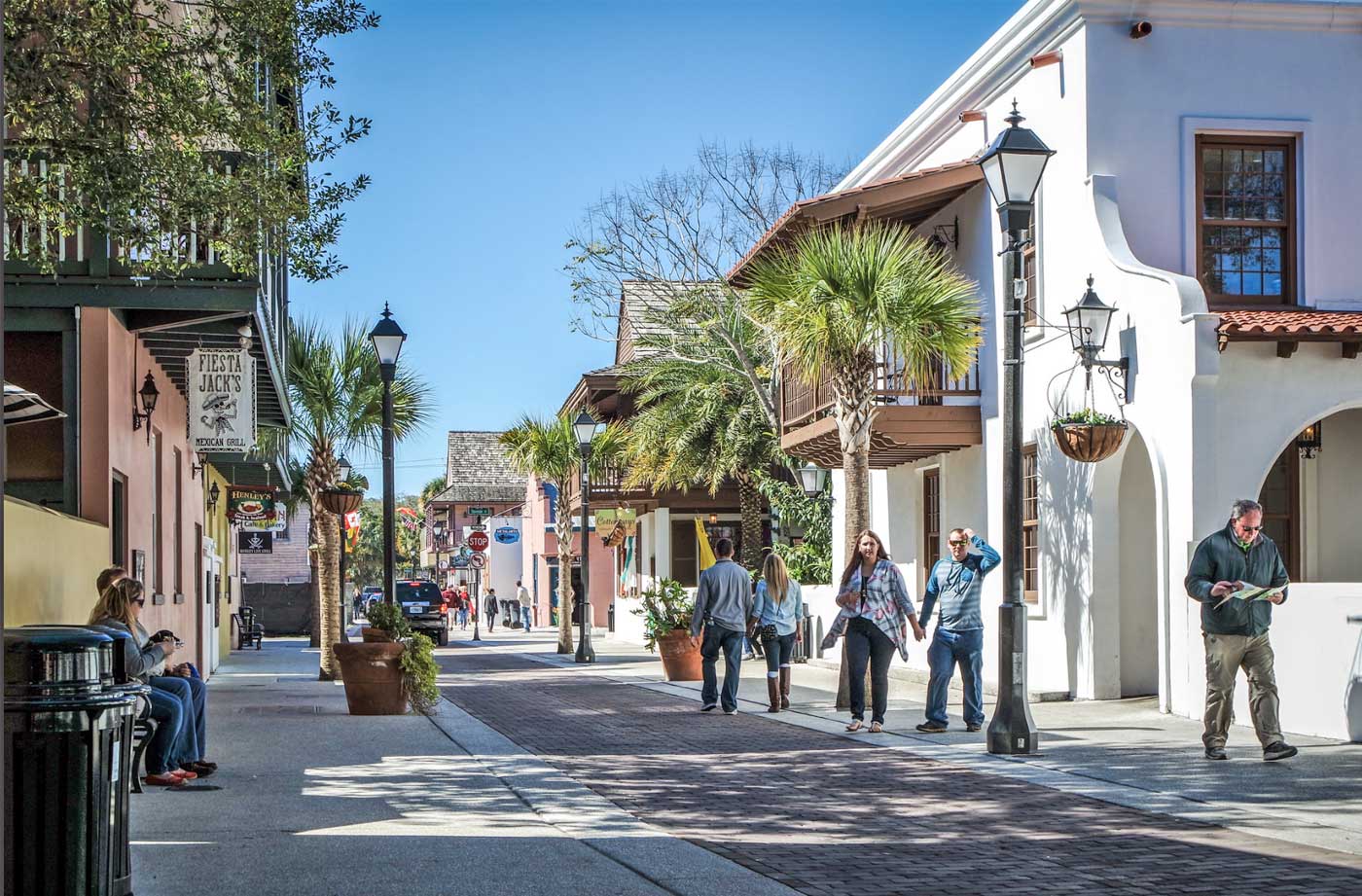
5. St. Augustine:
The oldest European-established settlement in the U.S., St. Augustine’s cobbled streets, historic forts, and Spanish colonial architecture tell tales of yesteryears.
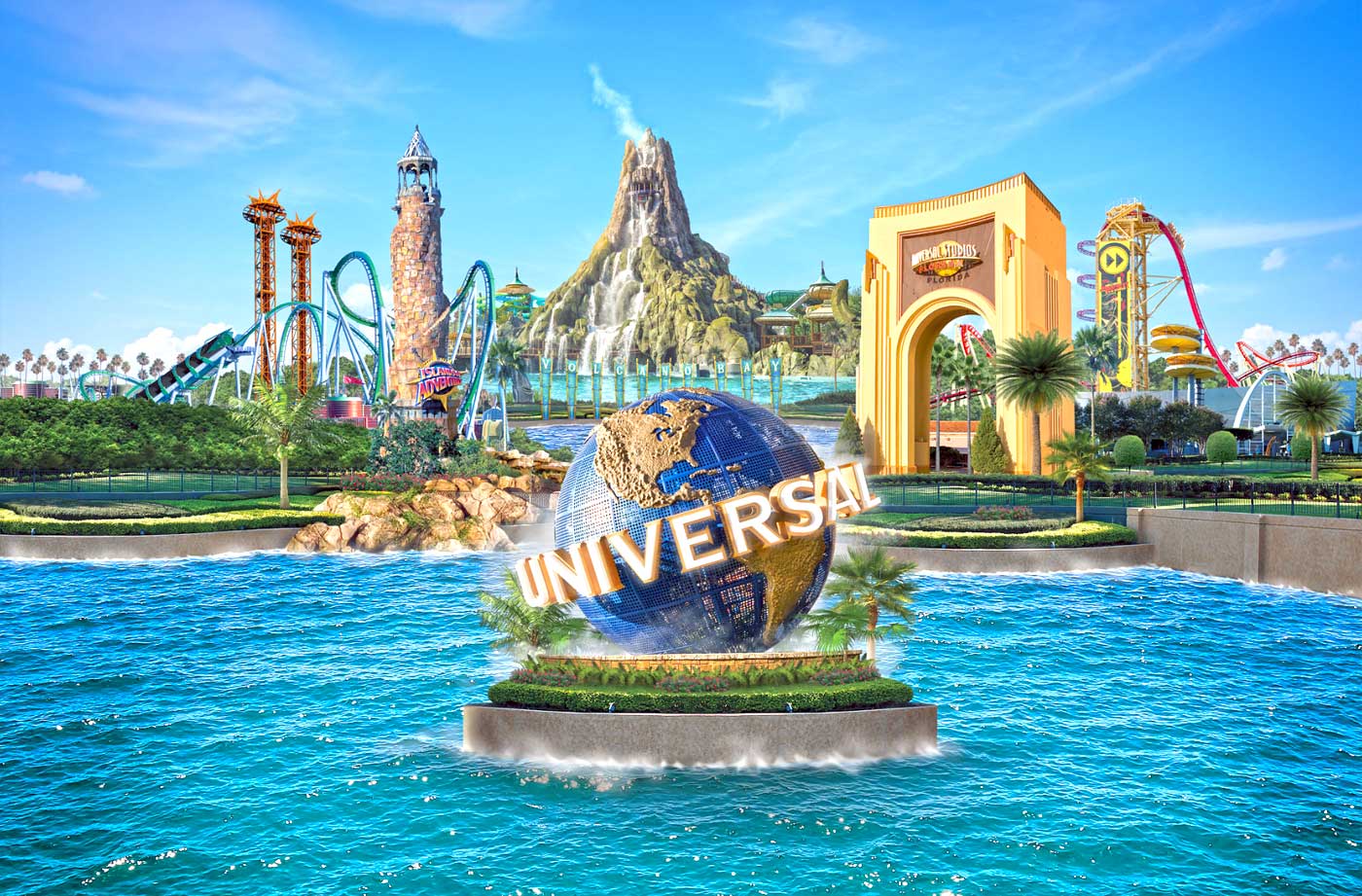
6. Universal Orlando Resort:
Step into the realms of cinematic adventures, from the Wizarding World of Harry Potter to pulse-pounding roller coasters, ensuring entertainment for all ages.
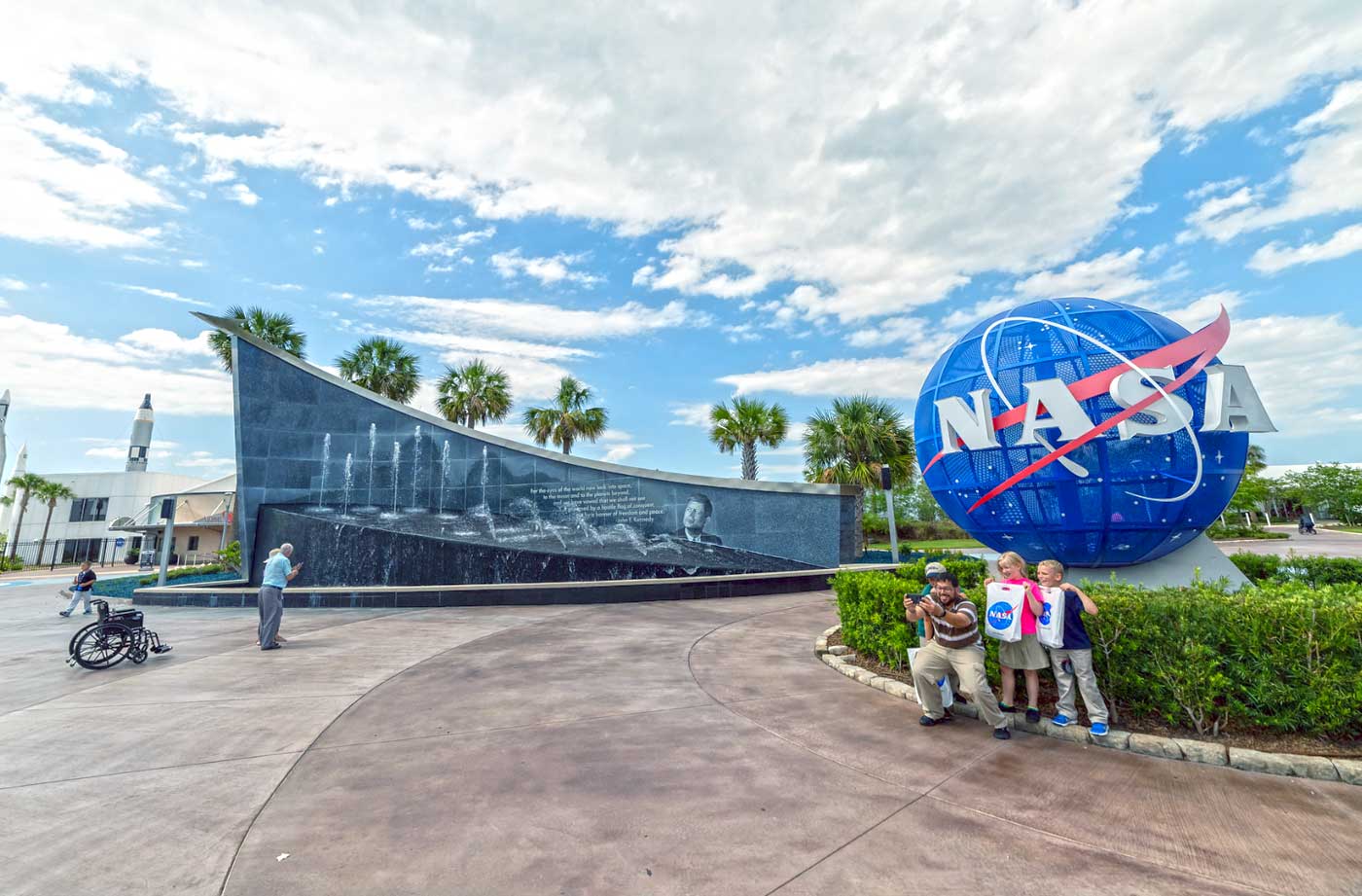
7. The Space Coast & Kennedy Space Center:
Merritt Island’s space hub offers an insight into the universe, the history of space exploration, and the awe of shuttle launches.
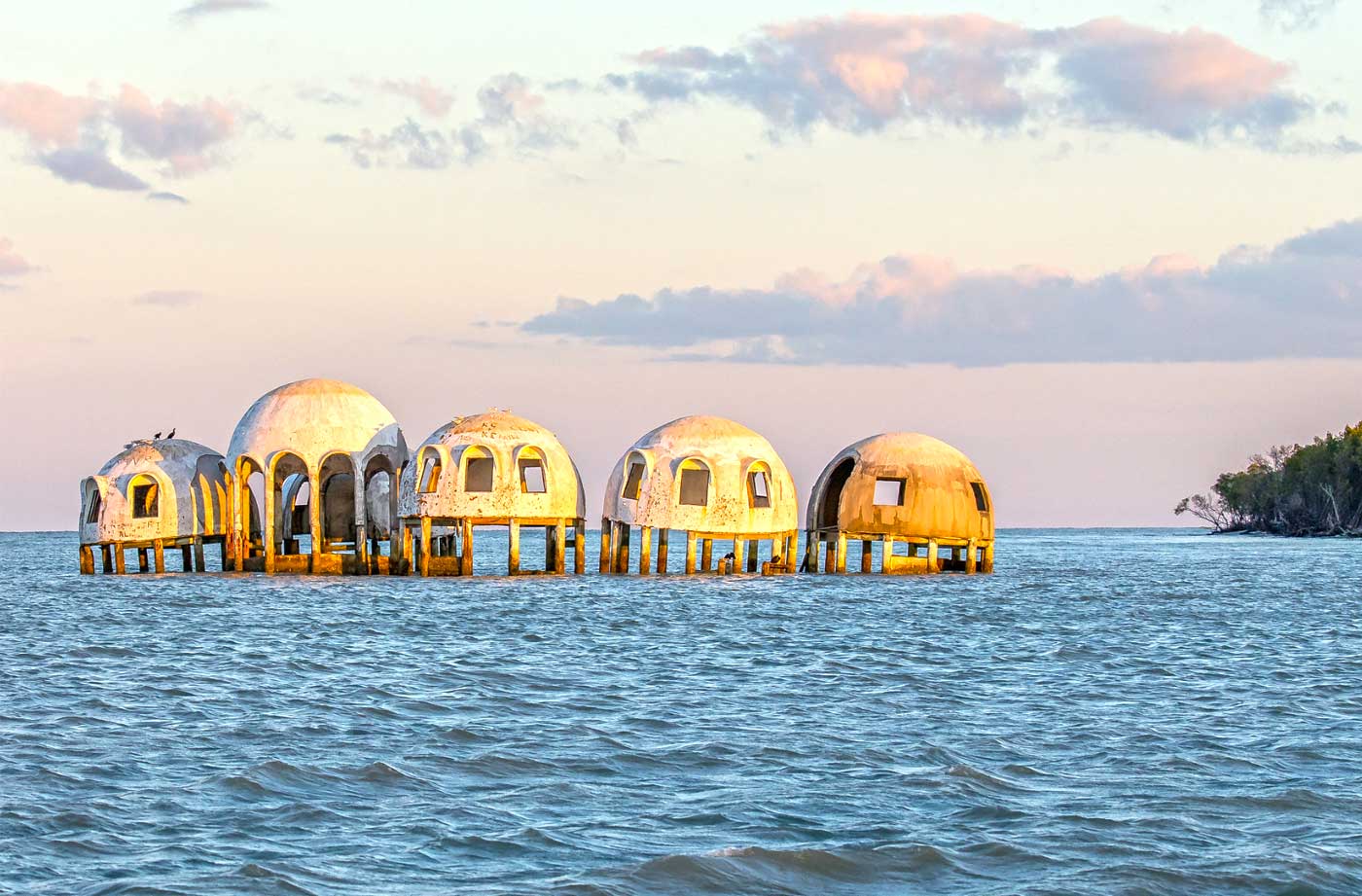
8. Naples & Marco Island:
Known for luxury shopping, dining, and white sand beaches, these spots exemplify Florida’s Gulf Coast charm.
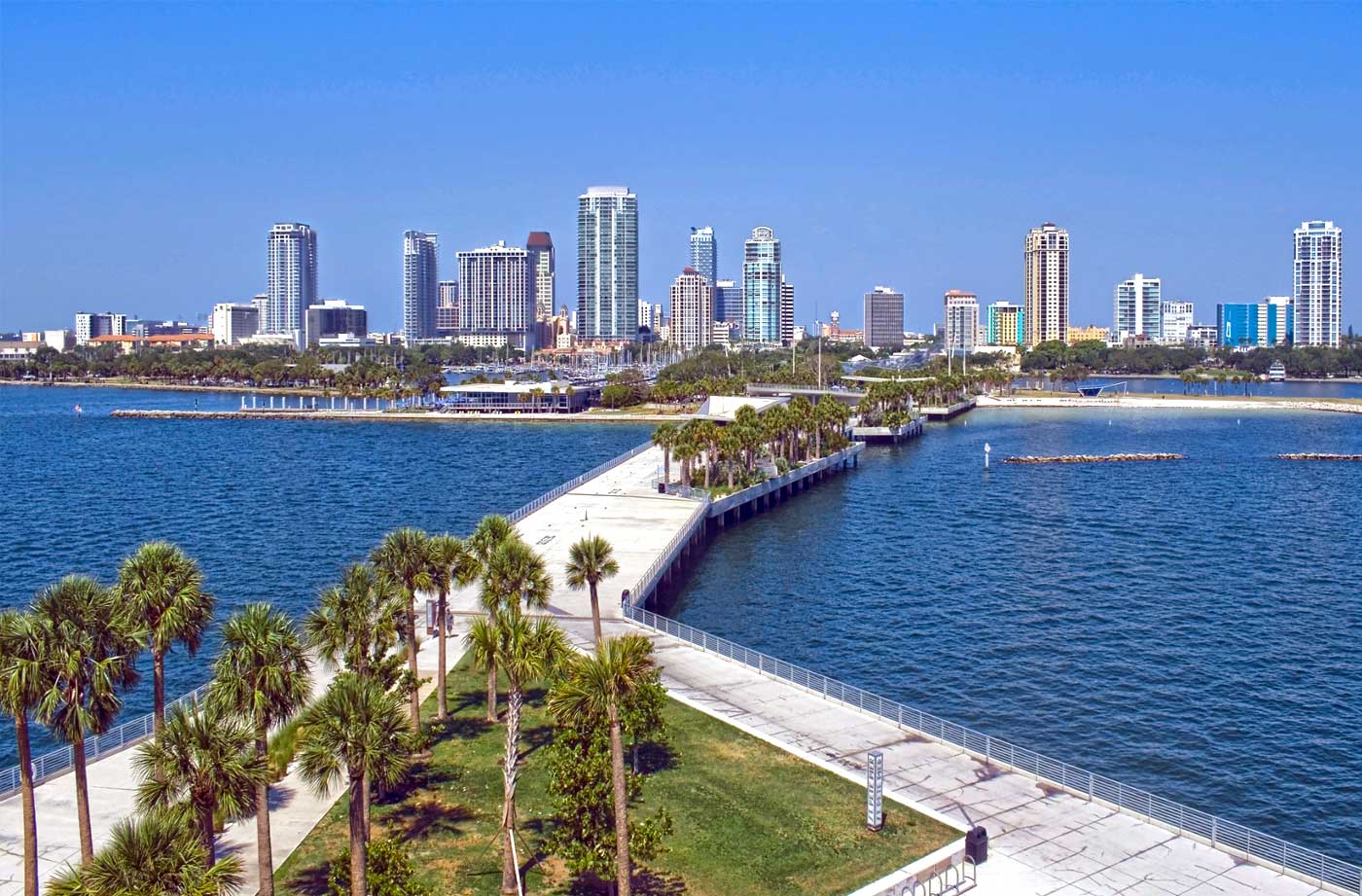
9. Tampa Bay Area:
Discover the rich Cuban heritage in Ybor City, stroll along the Riverwalk, or indulge in thrill rides at Busch Gardens Tampa Bay.
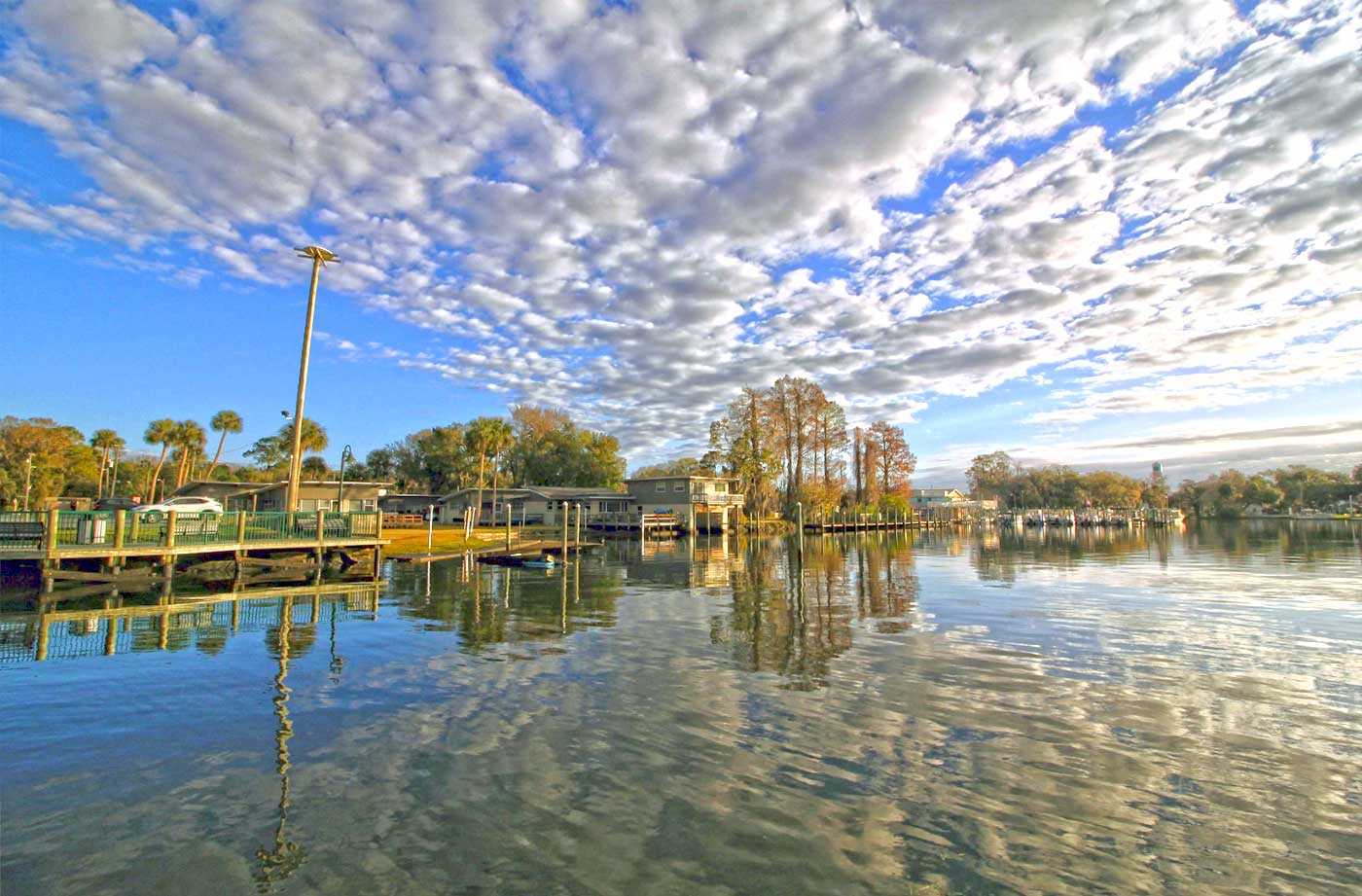
10. Crystal River:
As the only place in the U.S. where you can legally swim with manatees in the wild, it provides a unique opportunity to connect with nature.
Journeying through Florida’s top spots offers a mosaic of experiences, blending nature’s wonders with human-made marvels, evoking the essence of this sun-drenched paradise.
Facts
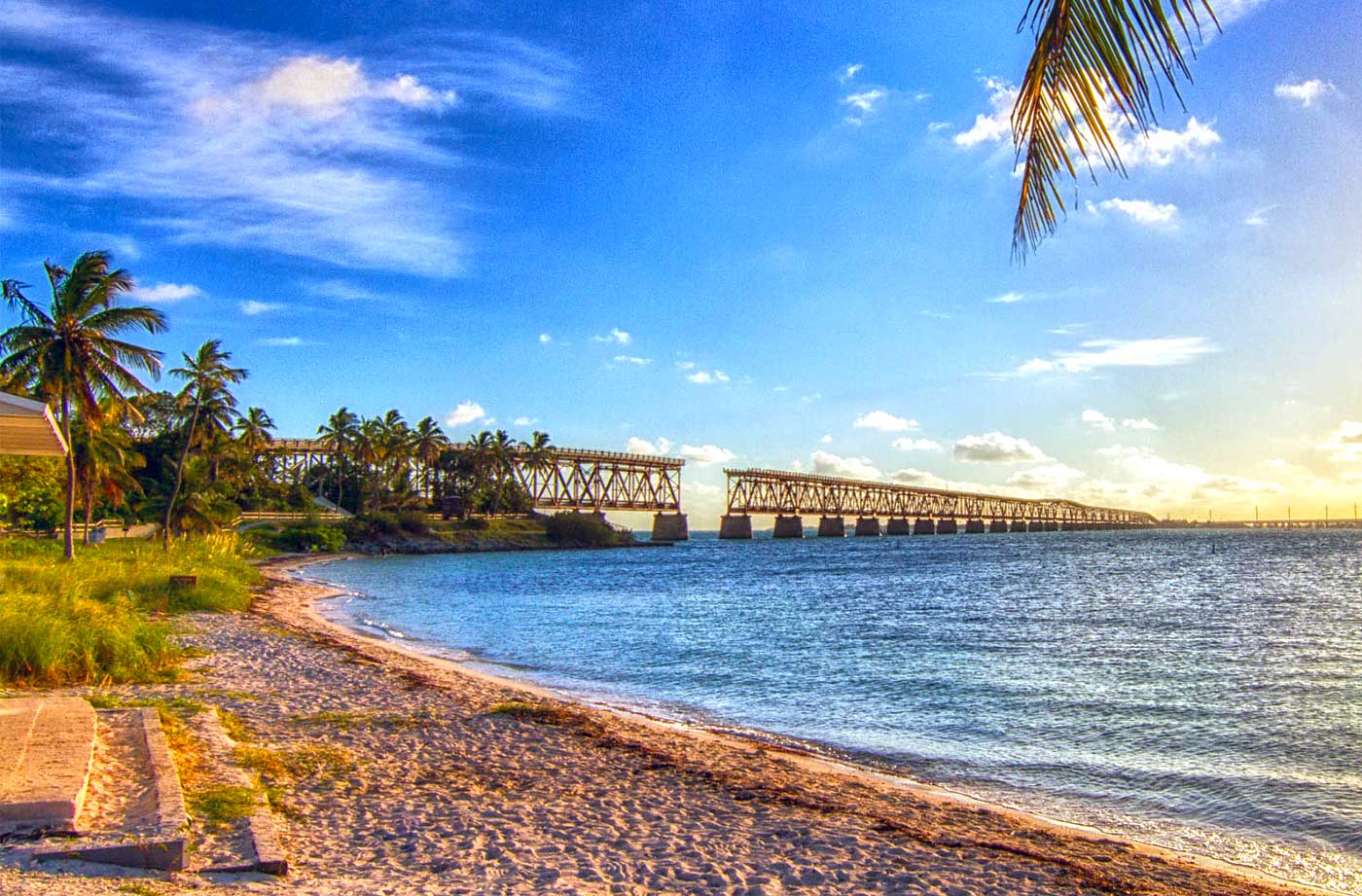
Fascinating Florida Facts: Unveiling the Layers of the Sunshine State
Florida, widely celebrated as the “Sunshine State”, is not just a haven of sandy beaches and theme parks. Beyond its popular facade lies a tapestry of intriguing history, diverse ecosystems, and rich culture. Here are some lesser-known facts about Florida that will pique your curiosity:
1. Name Origin:
Florida was named by Spanish explorer Juan Ponce de León in 1513. “La Florida” translates to “The Flowery” or “Land of Flowers” in Spanish.
2. Geographical Quirk:
Florida is the flattest state in the U.S., with its highest point, Britton Hill, only standing at 345 feet above sea level.
3. Vibrant Biodiversity:
The Everglades, often referred to as the “River of Grass”, is the only place in the world where alligators and crocodiles coexist in the wild.
4. Space Legacy:
The Kennedy Space Center in Cape Canaveral has been the launch site for every U.S. human space flight since 1968.
5. Ancient Inhabitants:
The city of St. Augustine, founded in 1565 by Spanish settlers, is the oldest continuously inhabited European-established settlement in the contiguous U.S.
6. Citrus Powerhouse:
Florida produces over 70% of the U.S.’s citrus, primarily oranges, and it’s home to the largest orange-producing region, the Indian River Lagoon.
7. Underwater Marvel:
The Florida Reef Tract, stretching from Miami to the Dry Tortugas, is the third-largest coral barrier reef system in the world, following Australia’s Great Barrier and Belize’s Barrier Reef.
8. Literary Haven:
The iconic American author, Ernest Hemingway, called Key West home in the 1930s. His house, now a museum, is inhabited by dozens of six-toed cats, descendants of the author’s original pet.
9. Sun Record:
Florida boasts the highest average daily sunshine of any U.S. state, reinforcing its epithet as the “Sunshine State”.
10. Distinct Flag:
Florida’s state flag, adopted in 1900, incorporates the red cross of St. Andrew, reminiscent of the Confederacy, on a white field, making it unique among U.S. state flags.
Delving into these facts, one realizes that Florida, bathed in sunshine, is also steeped in layers of history, culture, and natural beauty, waiting to be explored further.
Wandering through the historic cobblestone pathways of St. Augustine, feeling the weight of centuries beneath your feet, then being beckoned by the radiant, turquoise embraces of the Gulf Coast, where time seems to stand still, and further journeying into the pulsating heart of its bustling urban centers, Florida unveils itself not just as a mere geographical entity, but as a living tapestry woven with stories, adventures, and dreams. From its whispered tales of ancient civilizations to the echoing laughter on its modern boardwalks, Florida is not merely a state to visit; it’s a realm to experience, a narrative to be a part of, and an odyssey that leaves an indelible mark on the soul, mirroring the relentless warmth and brilliance of the sun that graces its horizons.
Where is Florida on the US Map?
Show Google map, satellite map, where is the country located.
Get direction by driving, walking, bicycling, public transportaion and travel with street view.
Feel free to explore these pages as well:
- Florida US Map ↗️
- Map of Florida ↗️
- Florida Map ↗️
- All About Florida ↗️
- Hurricane Milton’s Path ↗️
- The Traveler’s Top 10 Travel Guide to Orlando ↗️
- Miami’s Magic Uncovered ↗️
- Dive Into The Bahamas ↗️
- Miami’s Magic Uncovered: Your Essential Guide to the City’s Top 10 Attractions ↗️
- California Map ↗️
- Texas Map ↗️
- New York Map ↗️
- United States Map ↗️
- Map of United States ↗️
- North America Map ↗️
- Map of North America ↗️
